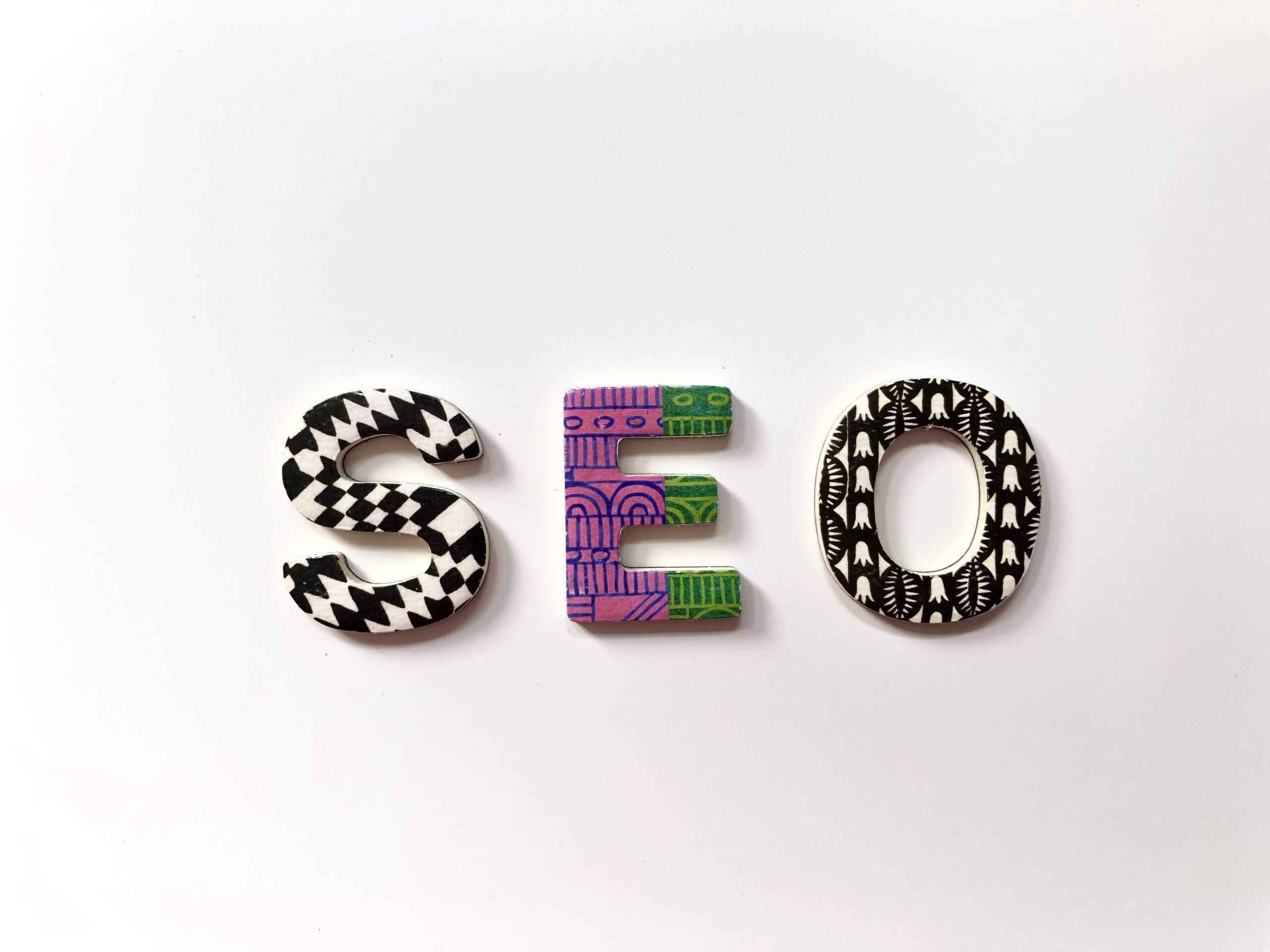So far, 2021 has been rife with changes in Big Tech that are making marketers reassess or retool their current advertising strategies. While these changes can be easily overcome with a fresh perspective, review website and mobile app Yelp has bucked the trend by introducing new features allowing business owners to advertise more effectively and take more control of their online reputations.
In just 101 days this year, a proliferation of change has occurred in the way tech industry giants track user data and activity, much of which will directly impact the marketing industry. Take a look at the timeline of the milestone changes that have emerged in 2021 (so far).
Indeed, SEO is an involved and nuanced process. As marketers, we love its intricate nature, illuminating data and evolving systems. However, we understand that it might not hold the same charm to someone helping to manage one or more communities during a health crisis.
Local Deals are paid ads that allow you to target multiple neighborhoods in your area with a deal or promotion. While the promotion aspect is largely designed for retail or eCommerce businesses, you can use these ads with calls to action for scheduling a tour or booking a consultation with your sales team. Just be sure to weigh the cost of the ad against the value of a new prospect and keep a watchful eye on the metrics and performance of the ad so you can tweak or adjust the language of the CTA as you go.
One of the greatest things about marketing is how it can manifest in subtle yet effective ways that many would not think of as “marketing” in the traditional sense. For instance, have you ever looked up a local business on Google, clicked the “directions” icon to bring up Google Maps to see if it’s nearby, then ultimately patronized that business?
Watching the trajectory of tech giant Google since the 1990s has been fascinating, to say the least. Many may not even remember when it was neck and neck in the race to search engine ubiquity with platforms like Dogpile, AltaVista and Ask Jeeves. Since that time, Google not only won that race handily, but it has become a leader in areas such as analytics, online local business listings and digital advertising.
We recently wrote about the value of creating an omnichannel experience for prospects, and we’d like to continue the theme of synergistic and symbiotic marketing channels by discussing the incredibly powerful combination of Google Ads and Google My Business listings. Herein we will explain how to accomplish so much more by using the two in confluence than simply pursuing one.
User experience is of paramount importance to any business, but it’s especially critical in healthcare. Consumerism – the shift toward more choices for increasingly discerning consumers – has UX a hot topic in our industry. It isn’t the only factor at play, however. Too, constrictive regulations and the increasing power of the consumer voice are making things more precarious for healthcare organizations, who must adhere to HIPAA guidelines.
Facebook recently removed age, gender and ZIP code targeting for housing, employment and credit ads. Restrictions include other demographics, behavior and interest targeting. This also includes setting up Lookalike Audiences. Lookalike audiences allow advertisers to create targeted lists based on their most valuable customers such as page followers, conversions and custom audience lists. The new ad policy applies to advertisers targeting U.S. users on Facebook, Instagram and Messenger









